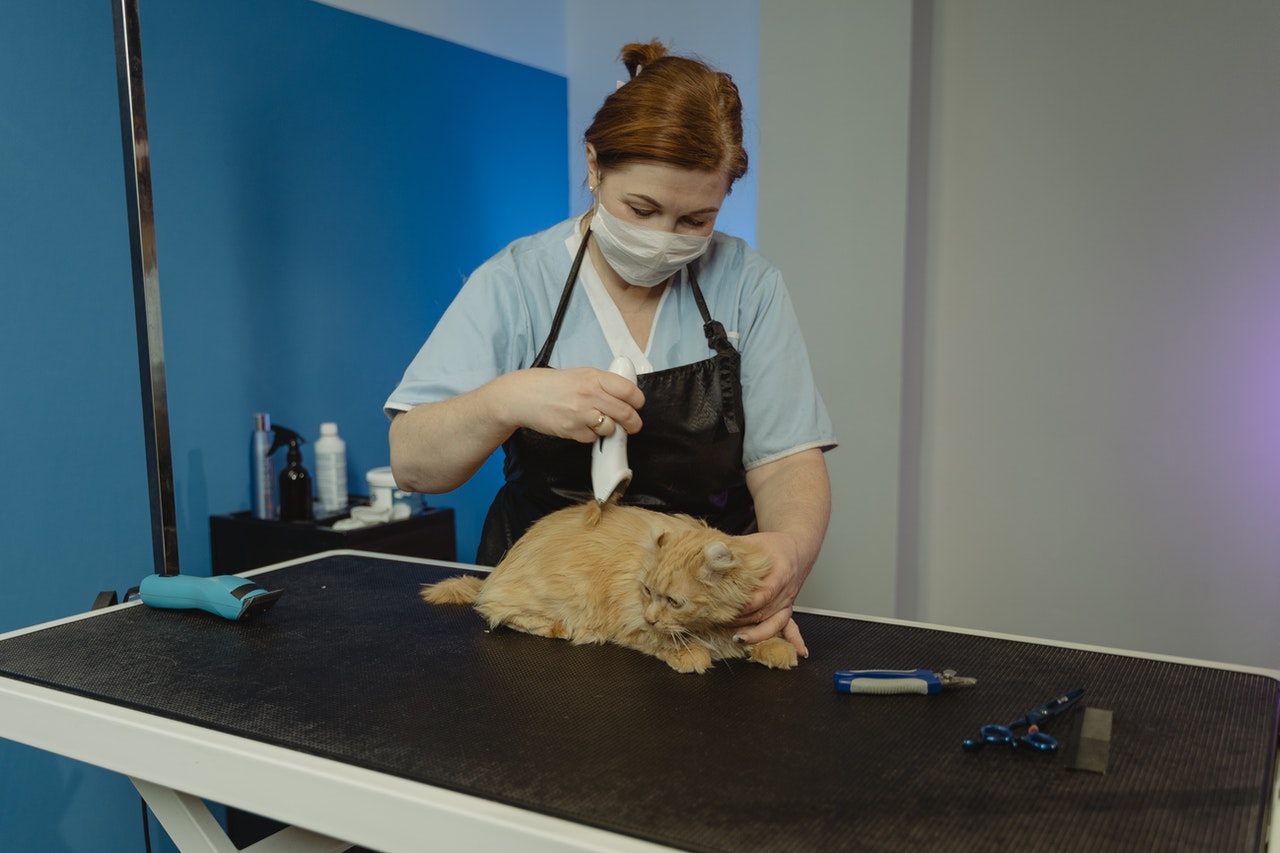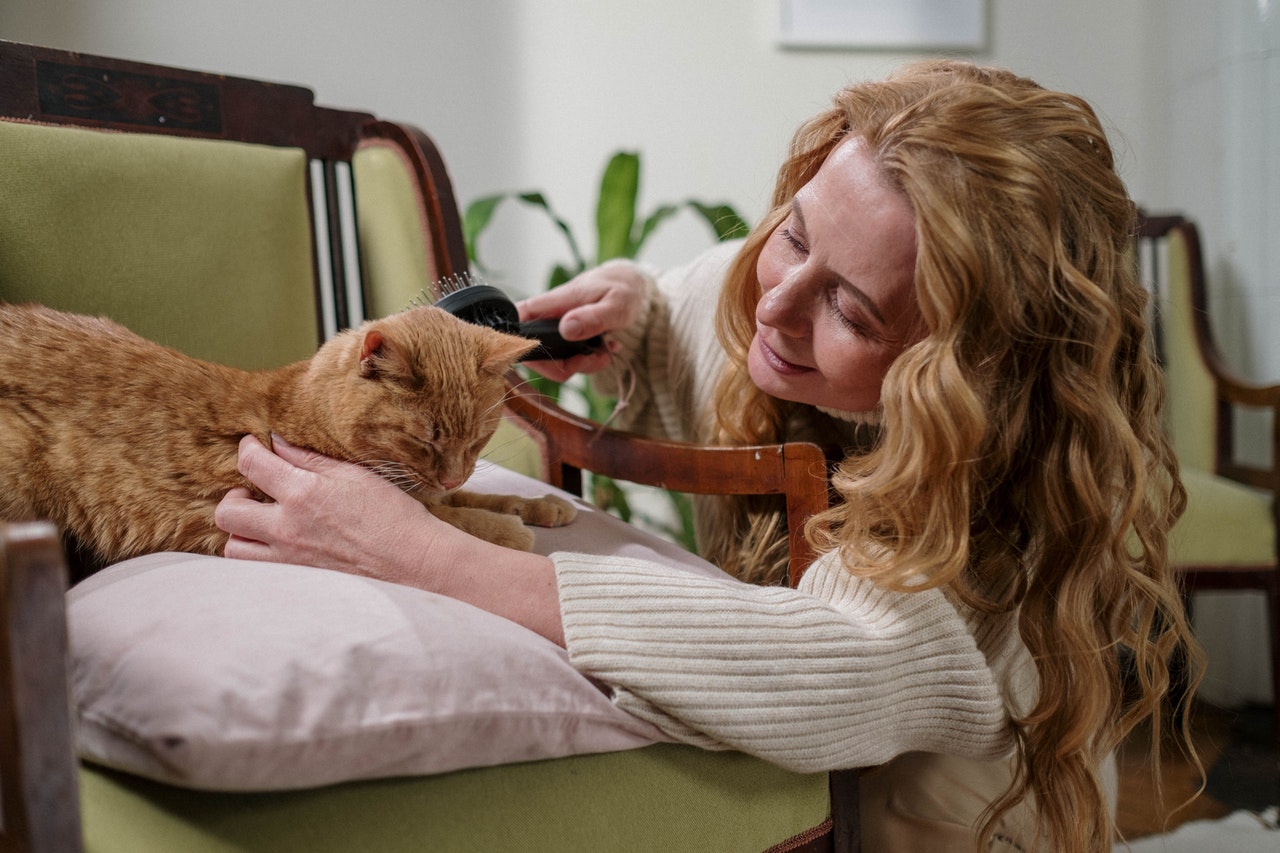These are literally hairy times ahead for cat owners. Because the longer days not only fuel the growth of plants. The young, soft undercoat in the cat's fur also wants to pull out of the skin and pushes out the old winter wool hair. With short-haired cats, the dead hair slips through the top coat and finds space in the environment. In the apartment they prefer to look for fabrics. A wafer-thin veil then adorns the sofa, the closet linen, the carpet and human clothing.
The long-haired cats do not shed as much undercoat. With them, the wool hairs get caught on the top coat and attach themselves firmly. The result is tangles, knots and an increasingly dense coat through which hardly any air can penetrate to the skin. Then it is too late for normal grooming. The totally matted cat must be carefully shaved in the veterinary surgery or hair salon.

Brush with a lot of feeling
Daily brushing will prevent lint as well as felt and knots. To make the cat feel comfortable, always start with stroking and then run your fingers through the hair. The brush is only used when kitty is lying completely relaxed. For short-haired animals, a soft brush with natural bristles or a knobbed glove will do, because dead hair gets caught in it.
It's more complicated with long-haired cats: a coarse-toothed wire brush that penetrates the skin will loosen the dead hair, but you have to be careful not to pull anything. Because then the cat will fight back and grooming will become torture for both human and cat.
So go slow and always stop brushing when the tines get stuck. You can try to untie the knots with two fingers. If that doesn't work, grab the scissors and cut off the matted piece of fur.
Brushing stimulates the skin's metabolism and blood circulation. The coat change is faster, the young hair is stable and shiny.

More than just grooming
If you proceed slowly and with a lot of rest, the care session becomes a cuddle time together and strengthens the bond. Once your cat noticeably relaxes, pause and pet the fur.
You should pay particular attention to the anal region and the area around the ears. Bonded and/or dirty hair, rinse clean with a damp cloth. For long-haired animals, trim the hair so it doesn't get dirty again right away. Comb the long hair until it lies flat over the undercoat. Because the top coat is subject to a different cycle than the undercoat. Here, each so-called guard hair has an individual lifespan. After that, it falls out and is replaced by a renewable one.
Unlike when changing the undercoat, we hardly notice the exchange of the top coat. However, if bald spots appear, this has nothing to do with a change of coat, but with a health problem. That's a case for the vet.

Warning: hairballs!
The cat's tongue has the same effect as a nub brush: With the countless tiny barbs that sit on the surface of the tongue, it loosens dead hair that first ends up in the mouth and finally in the cat's stomach. There they clump together and form so-called trichobezoars (hairballs), which are indigestible. Most cats rid themselves of the swallowed hair by eating grass before it bunches up. Because the straws, which are also indigestible, enclose the hair and are then excreted either through vomiting or normal bowel movements. There are also special pastes on the market that counteract agglomeration and promote excretion. If trichobezoars should form, they usually have to be surgically removed, otherwise there is a risk of intestinal obstruction.









